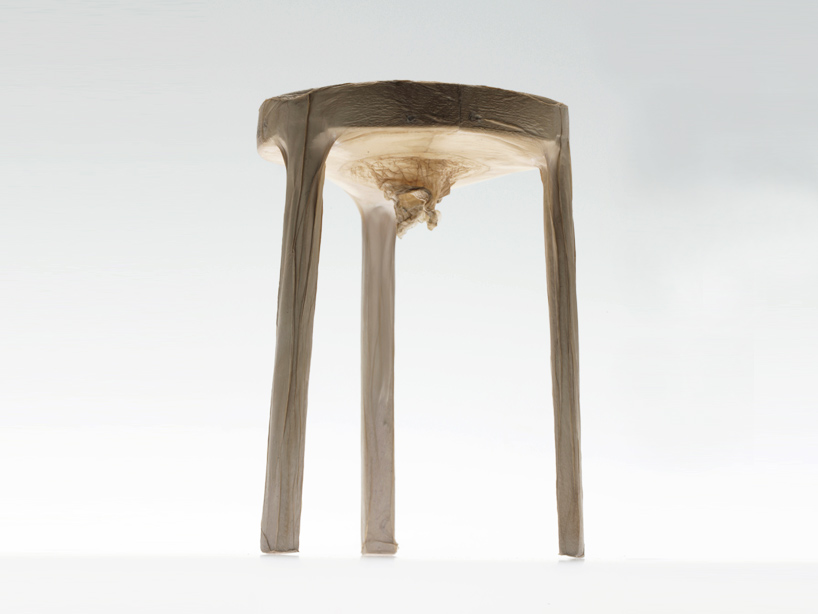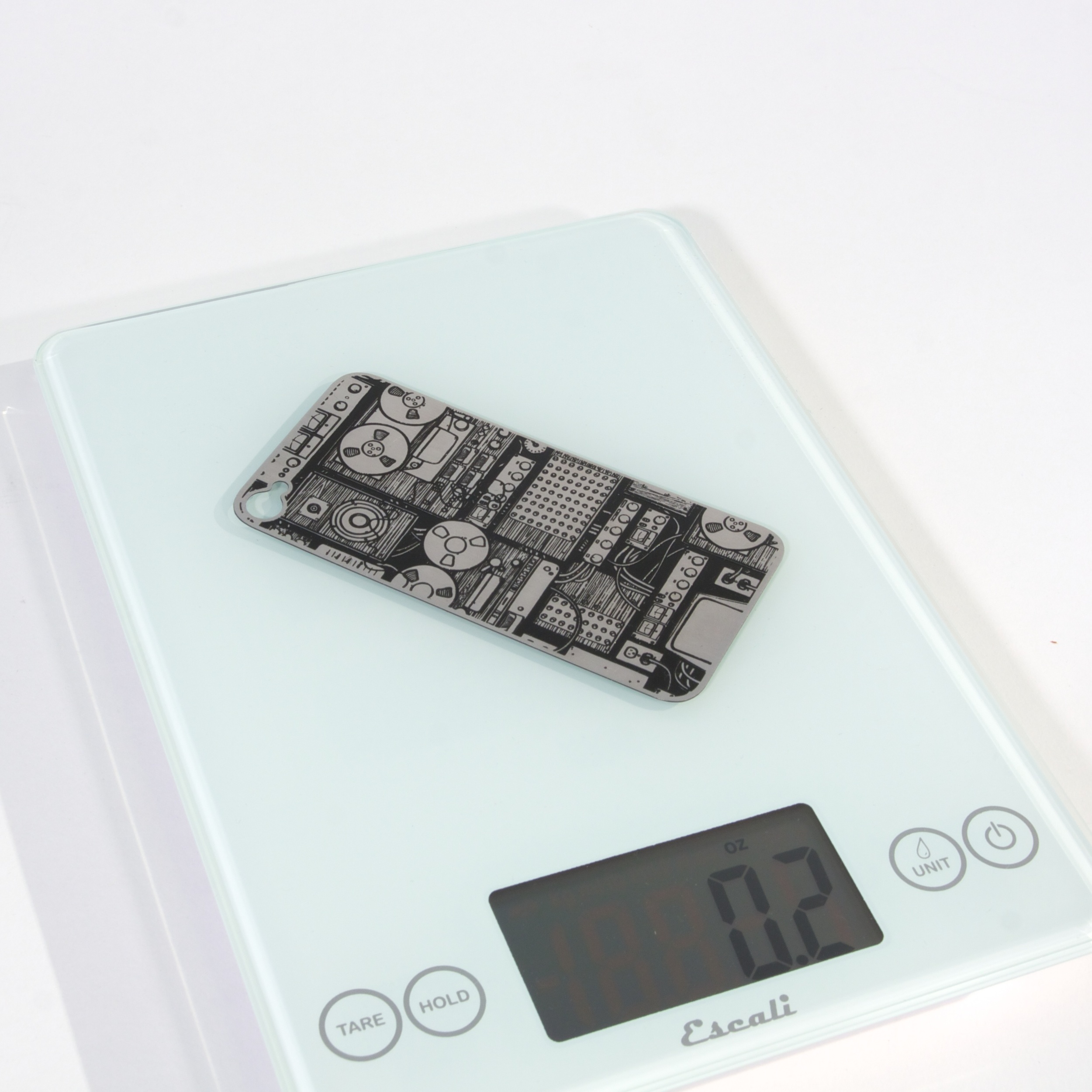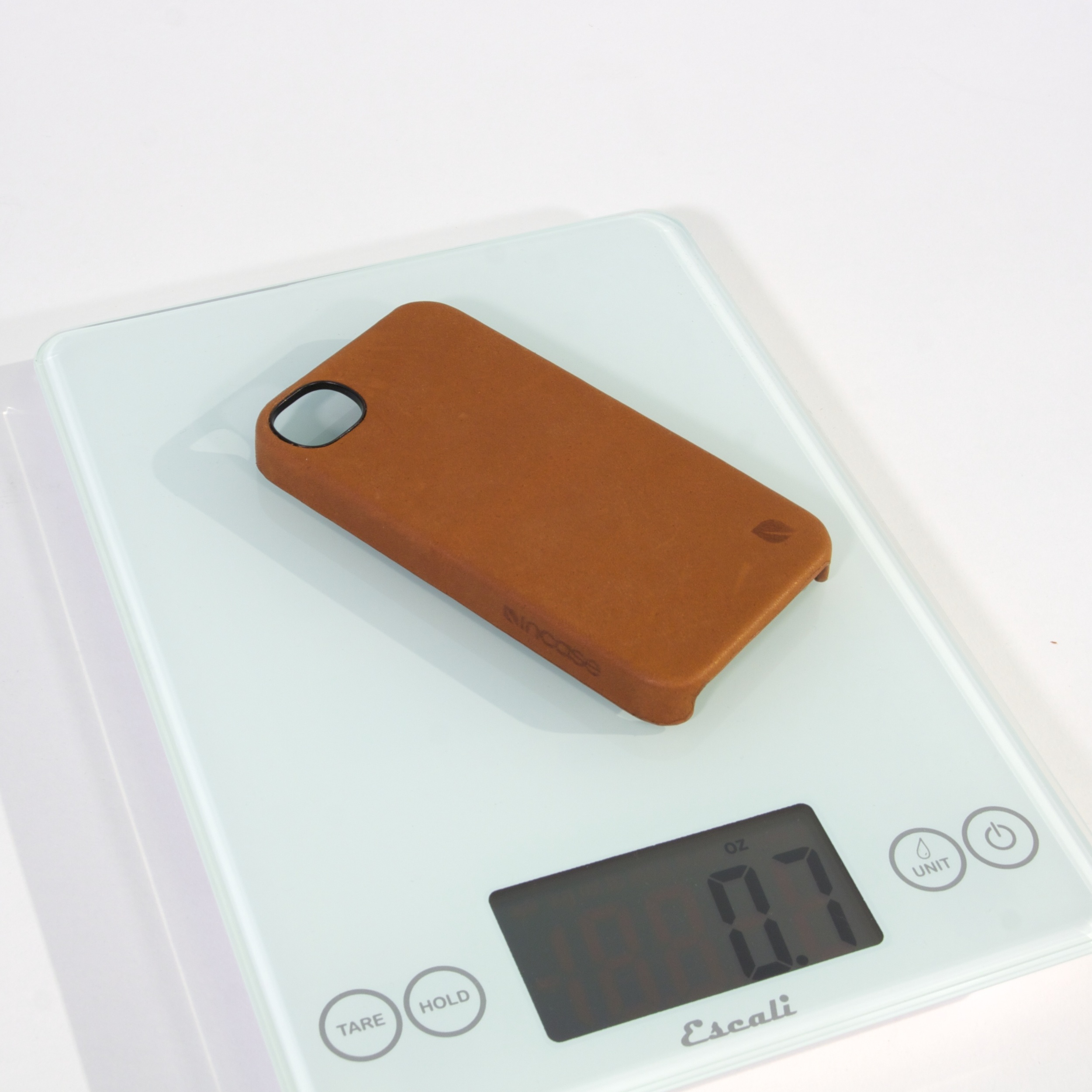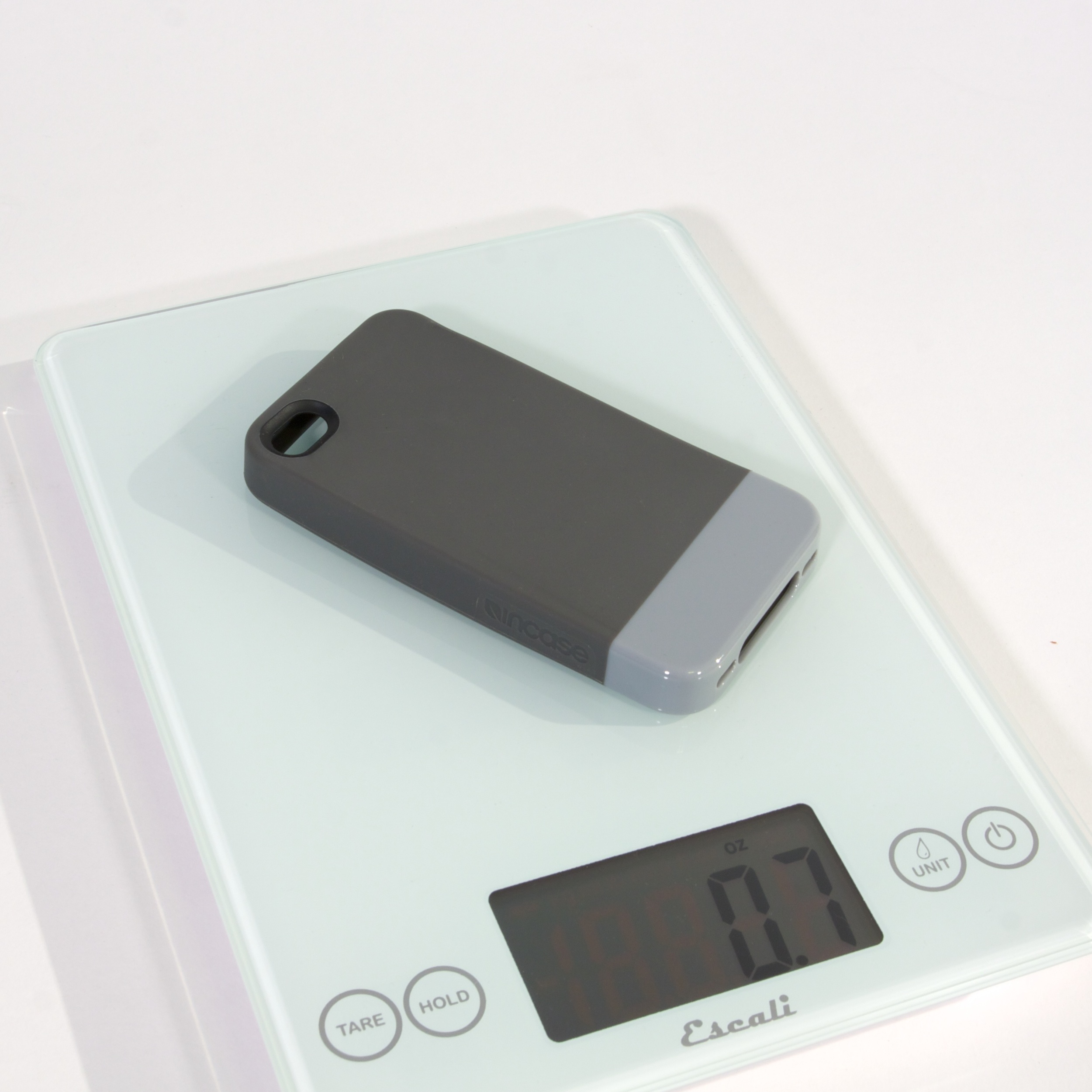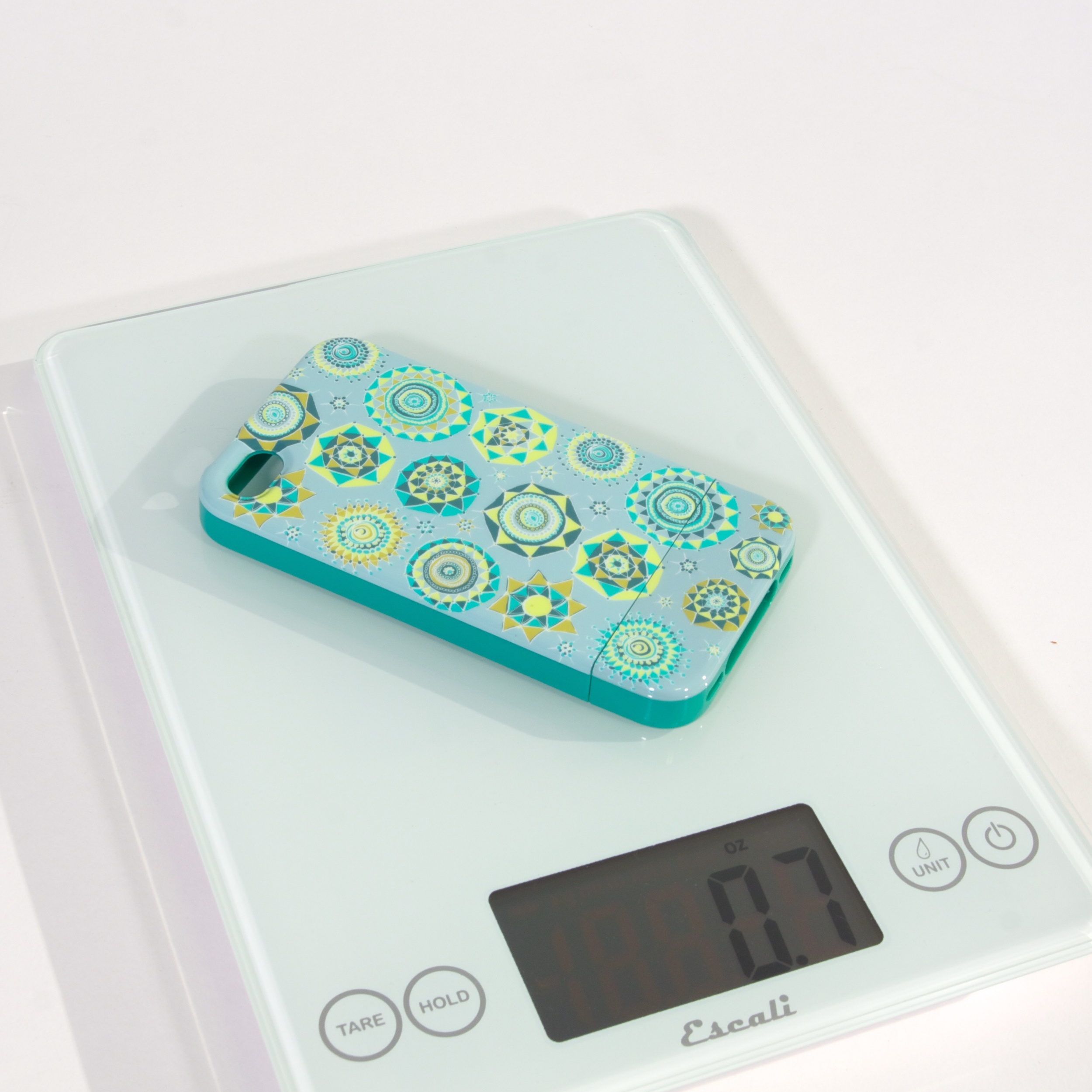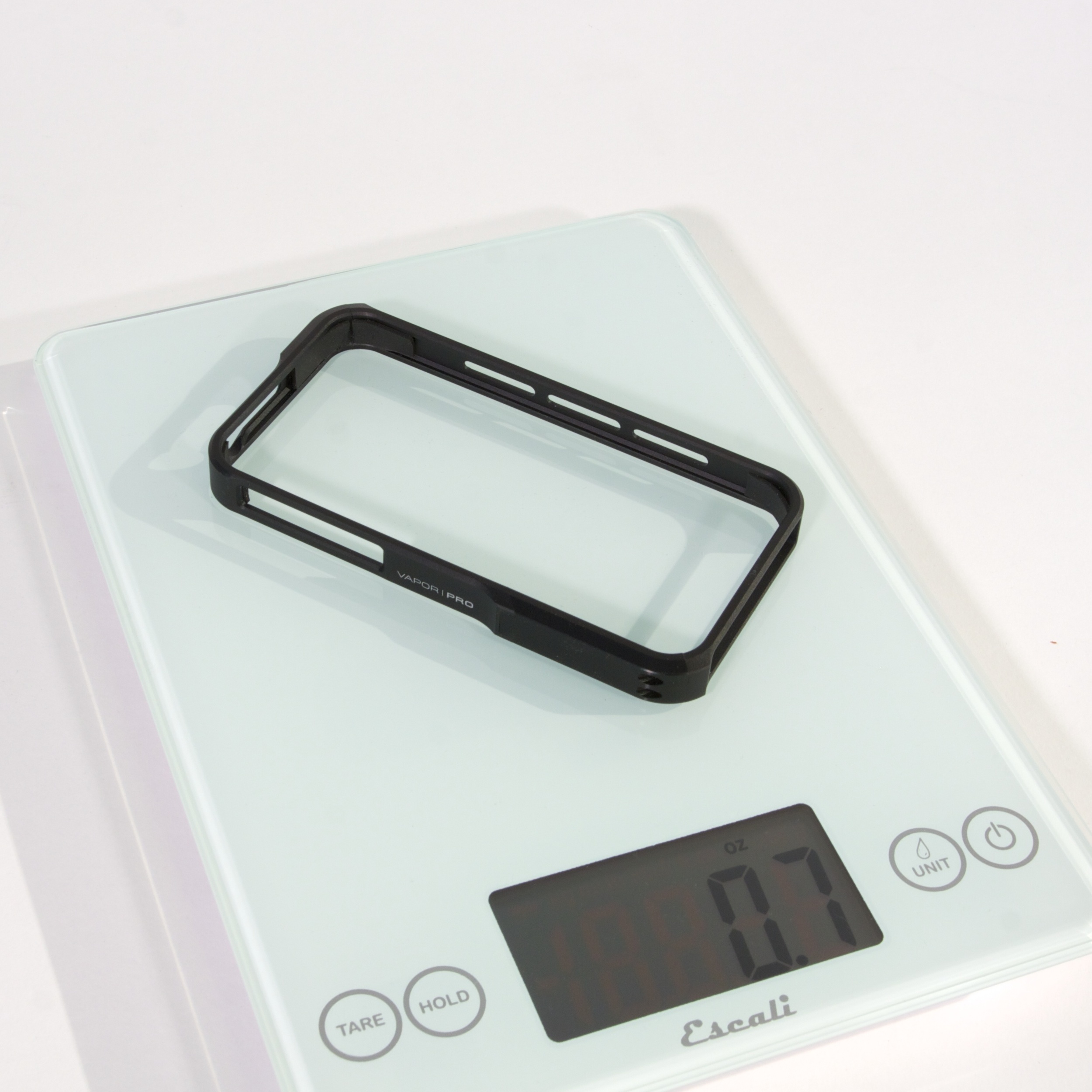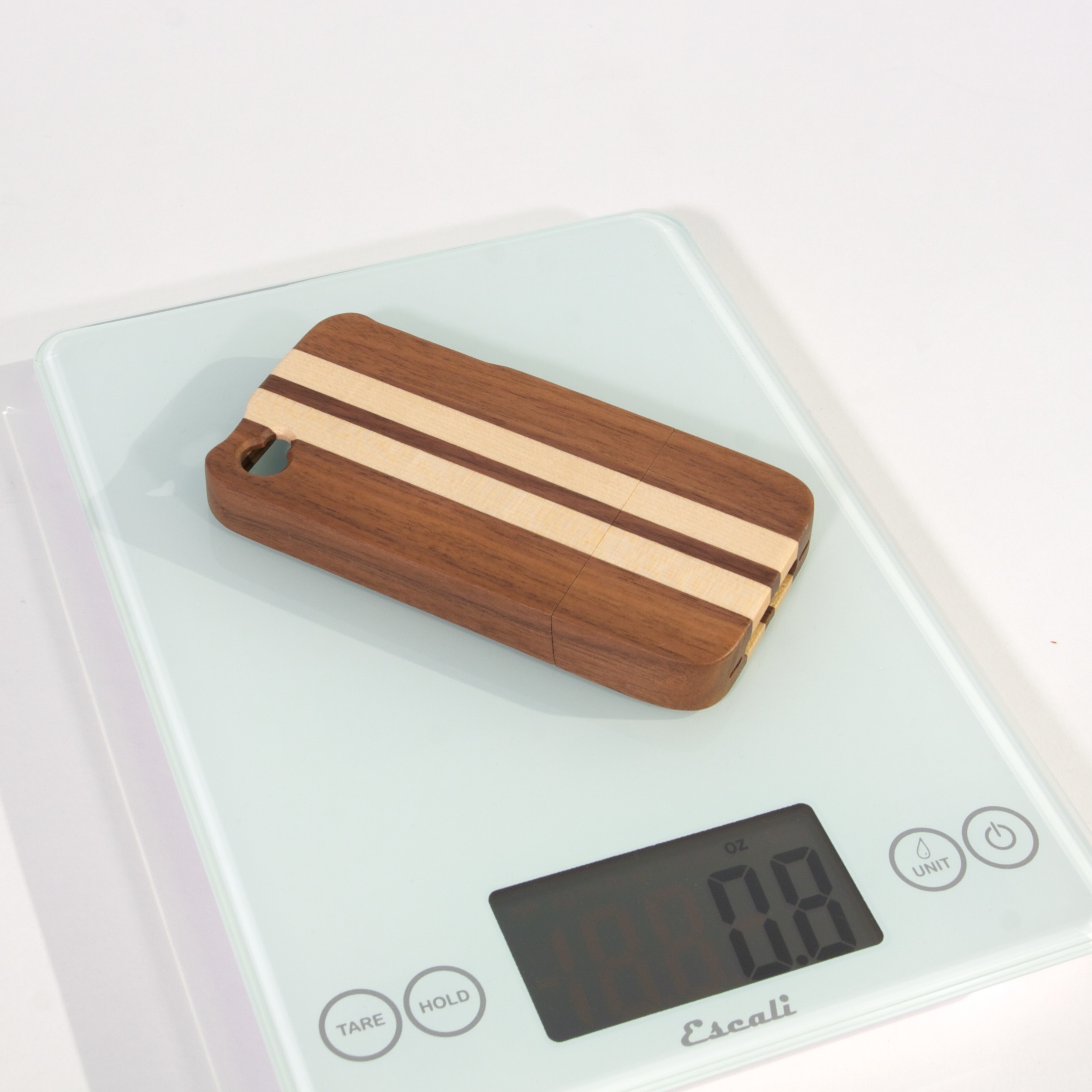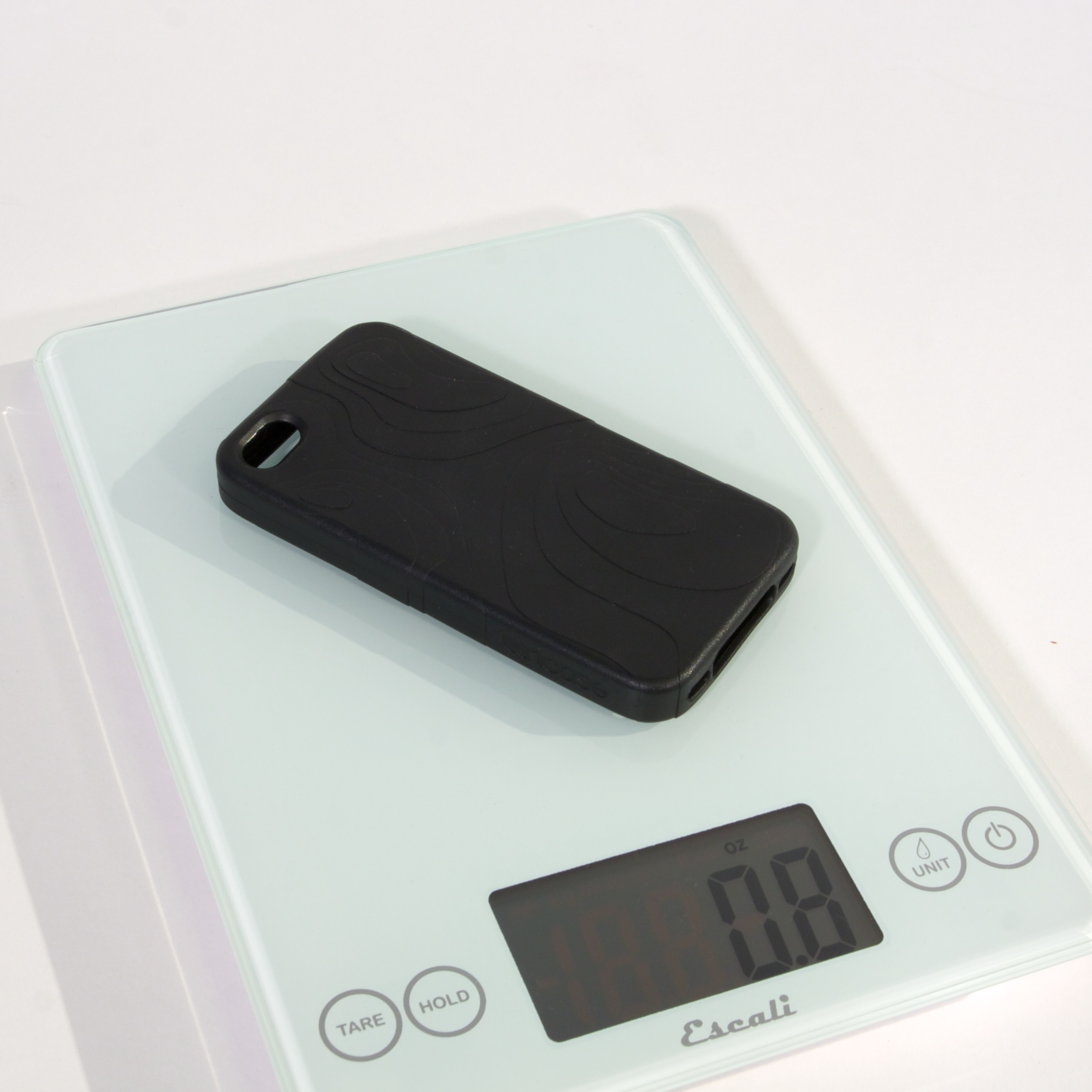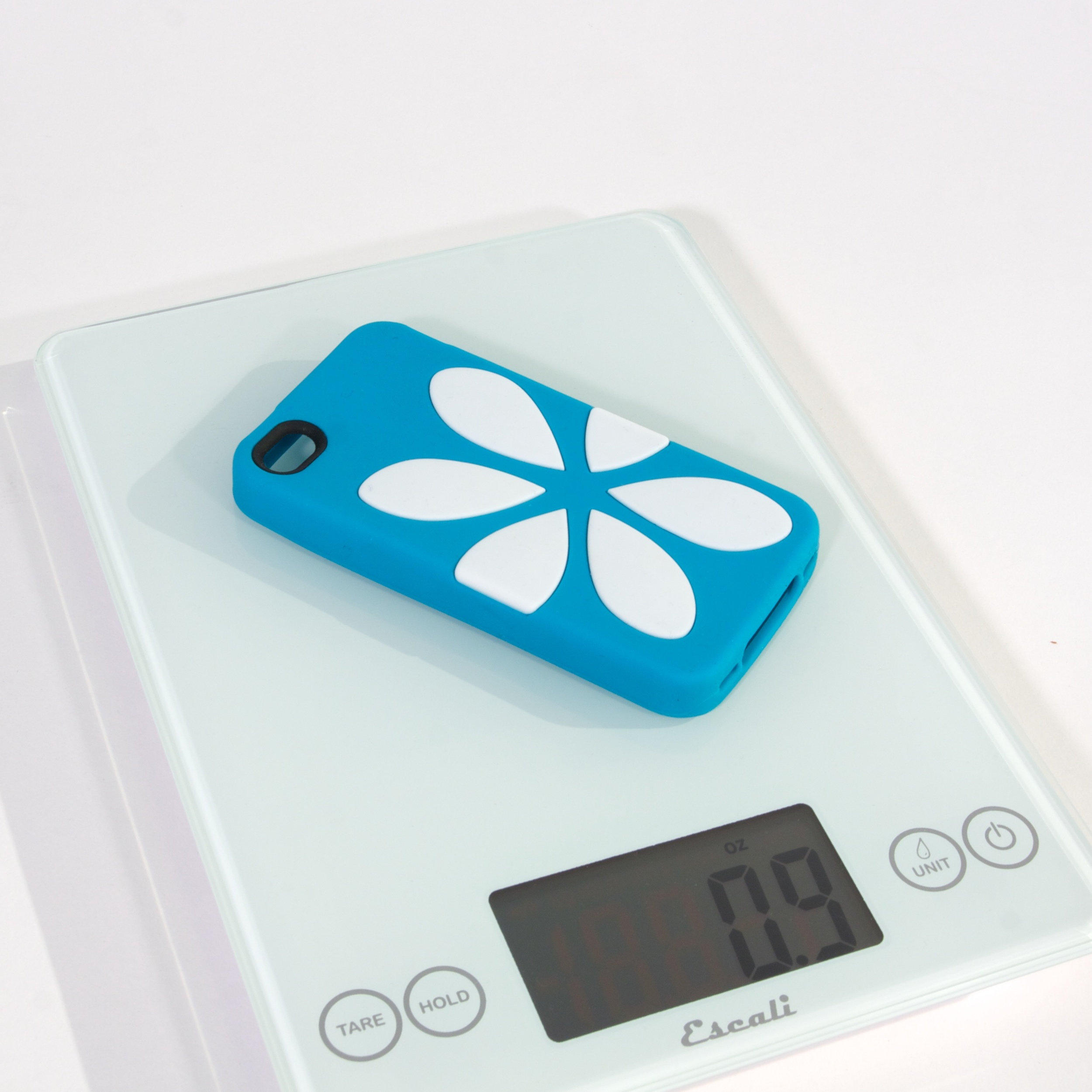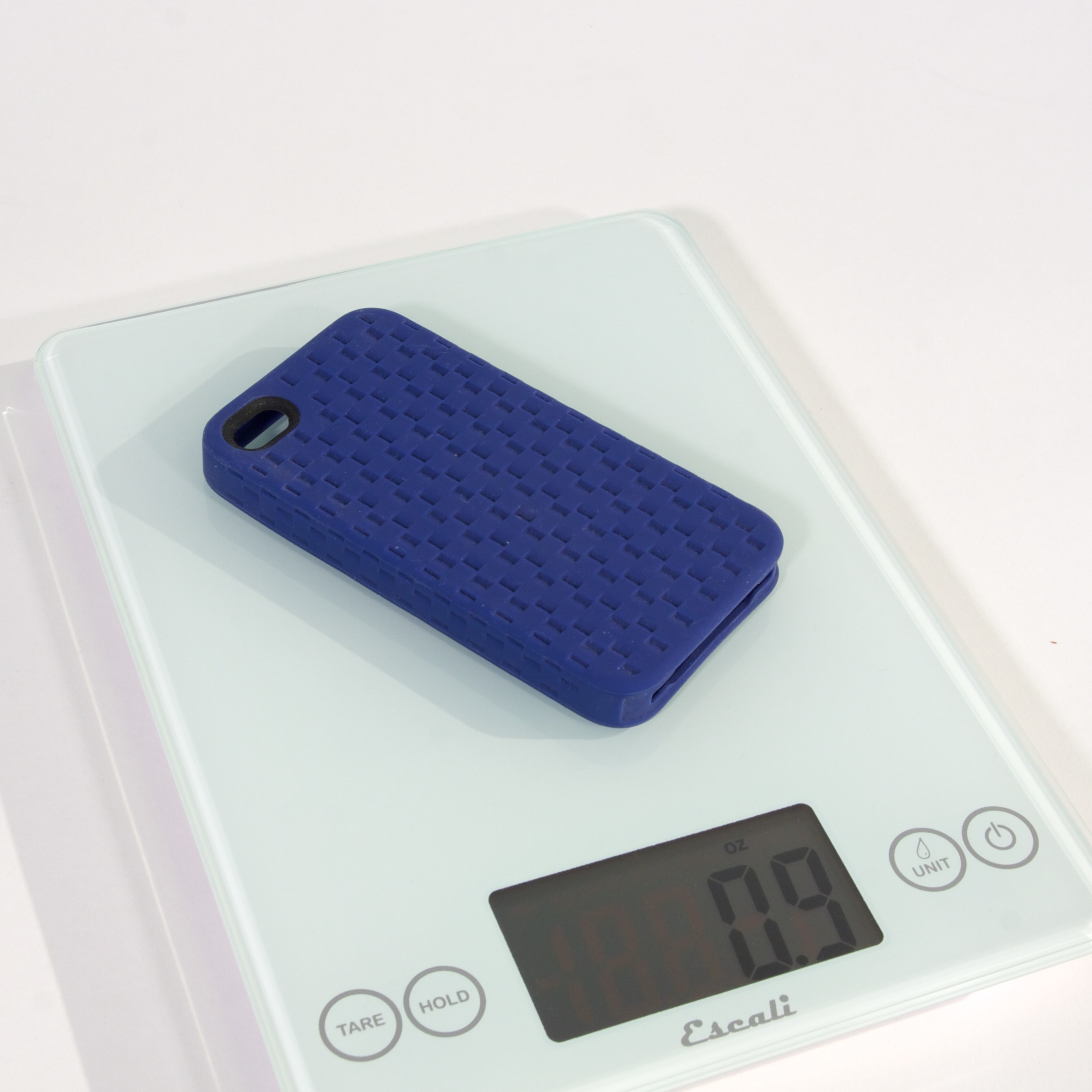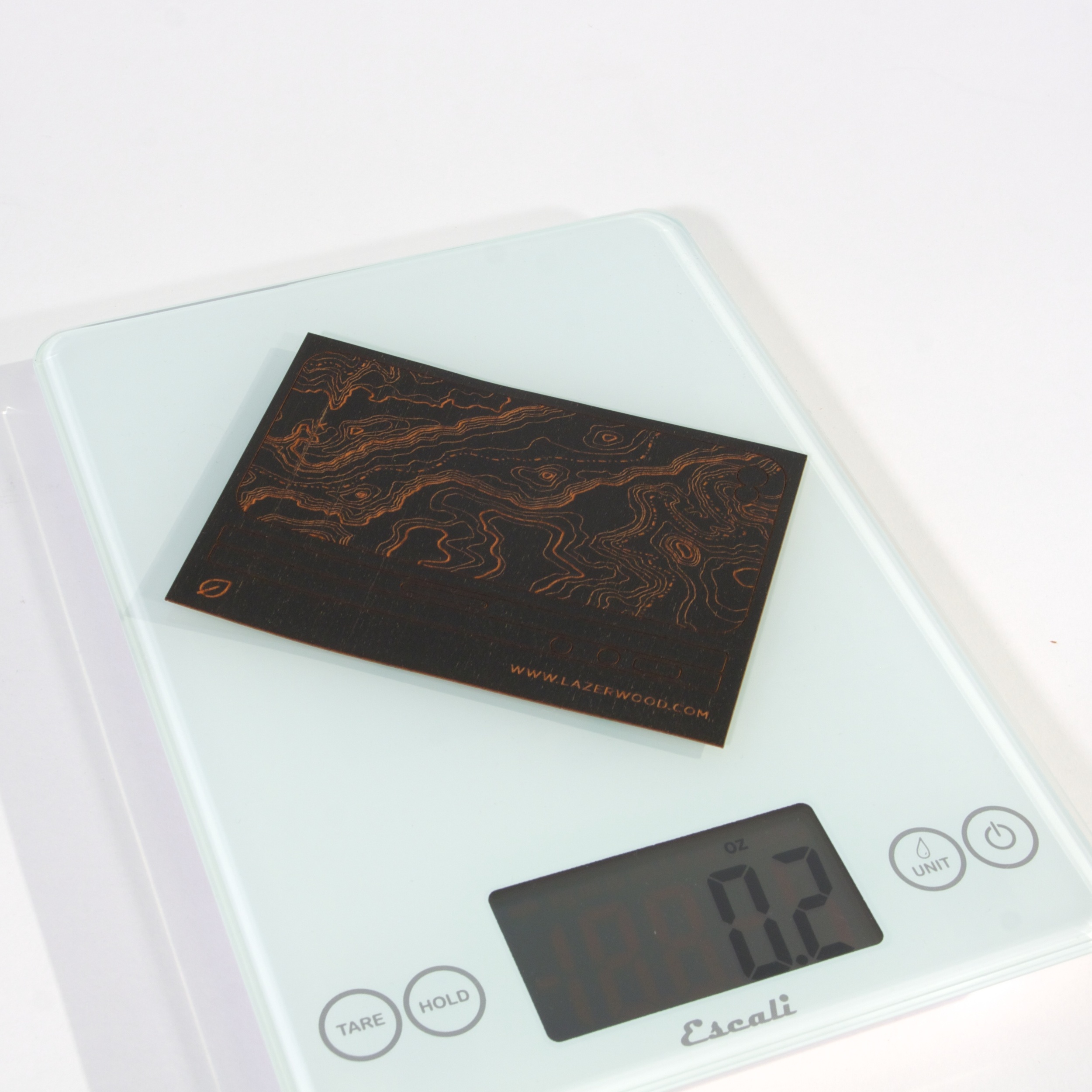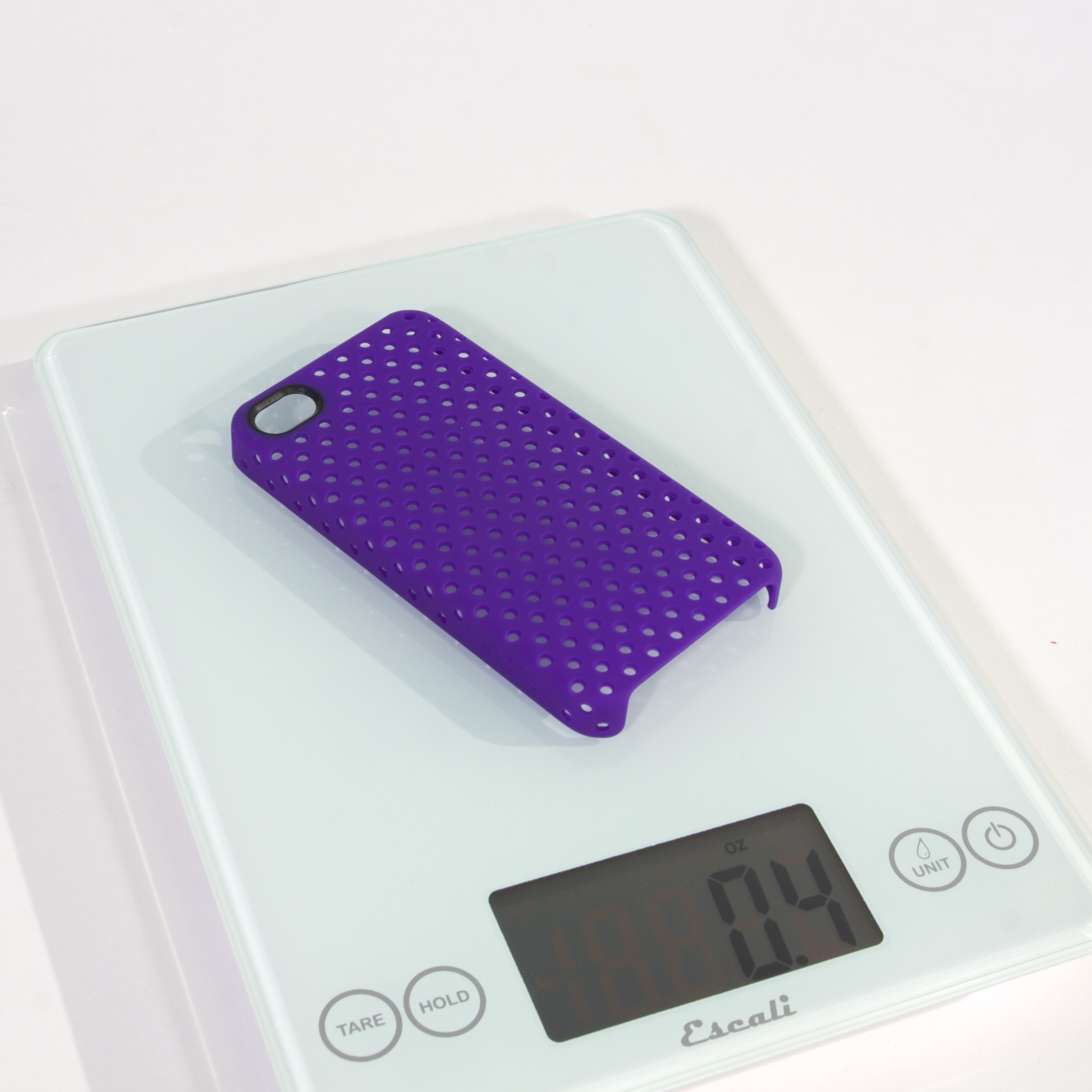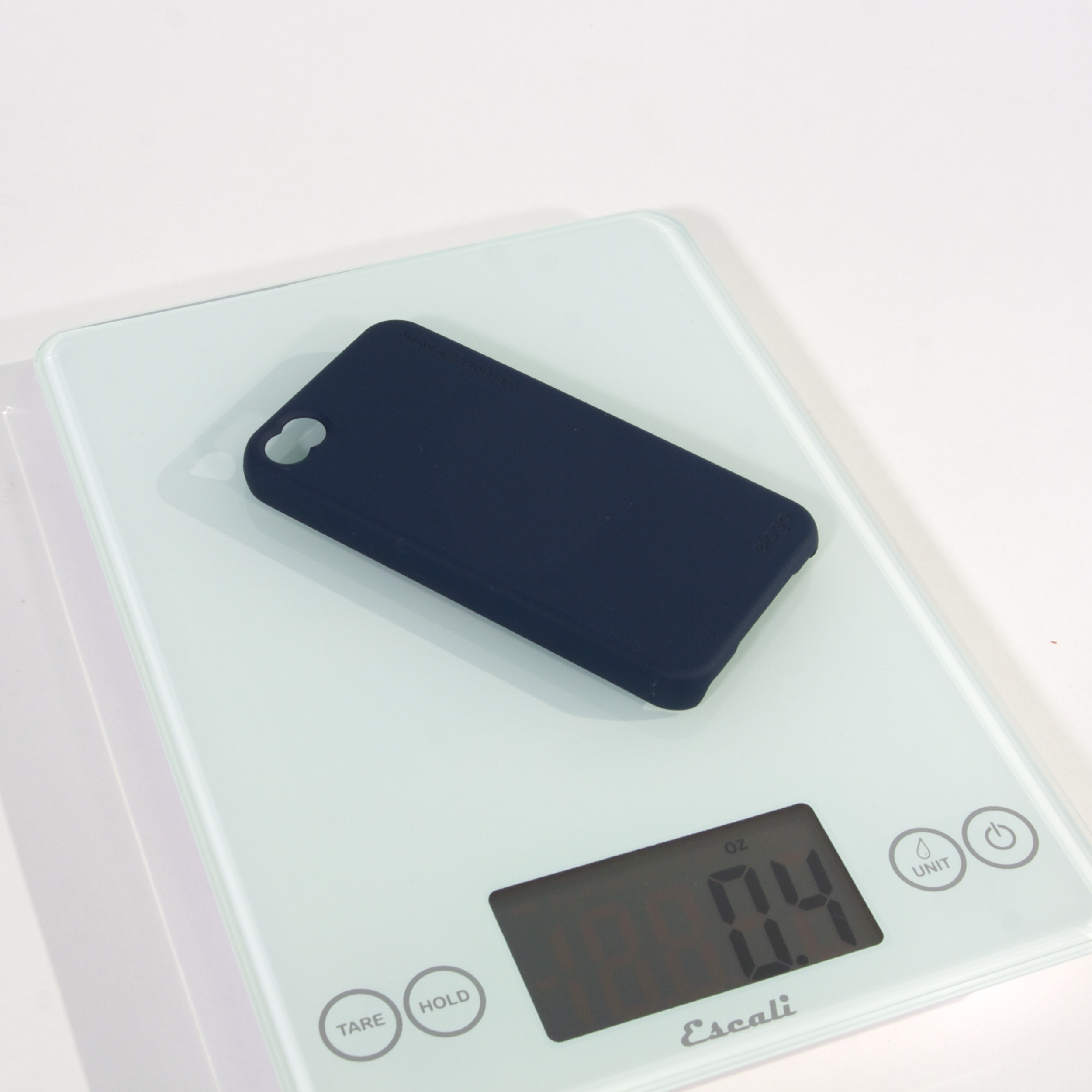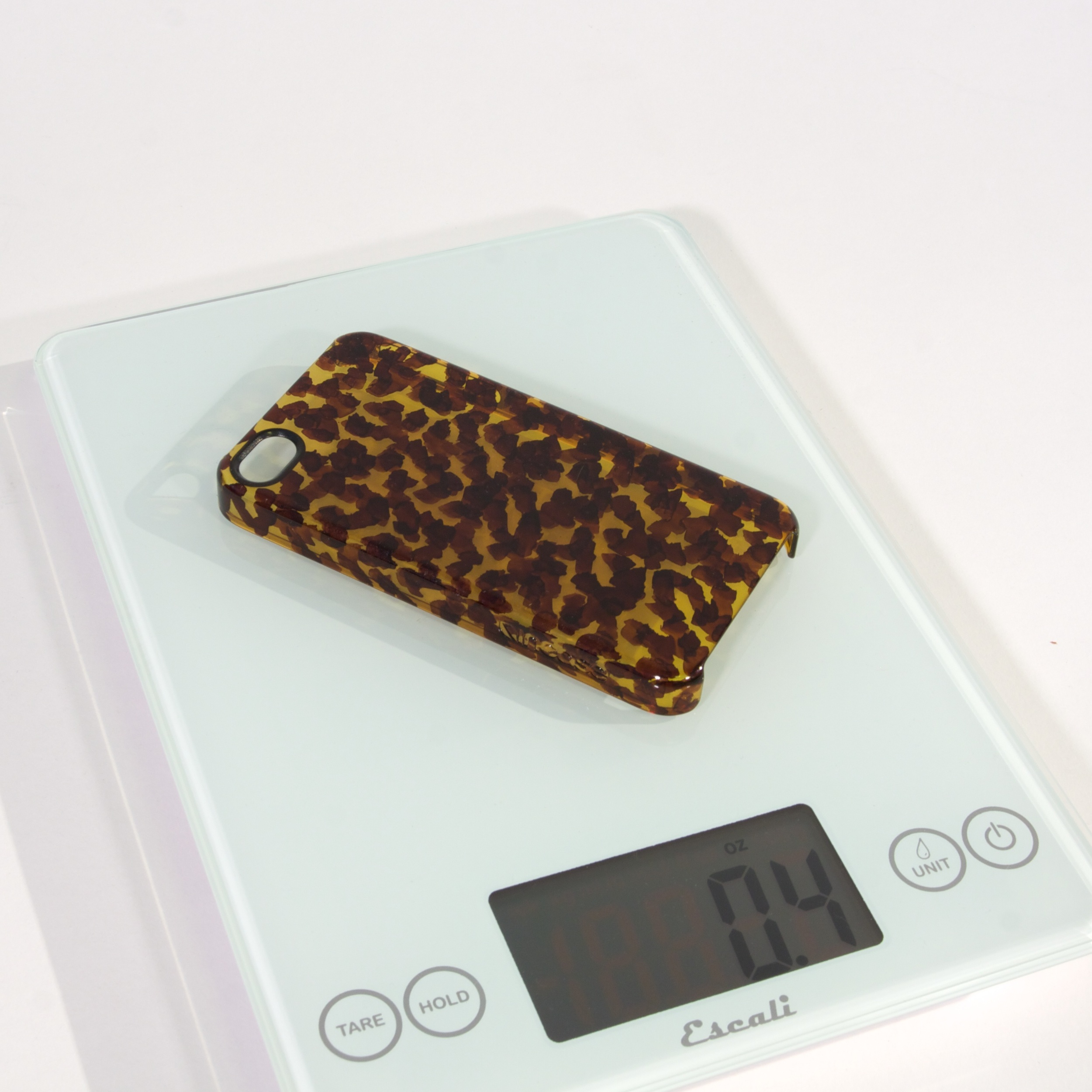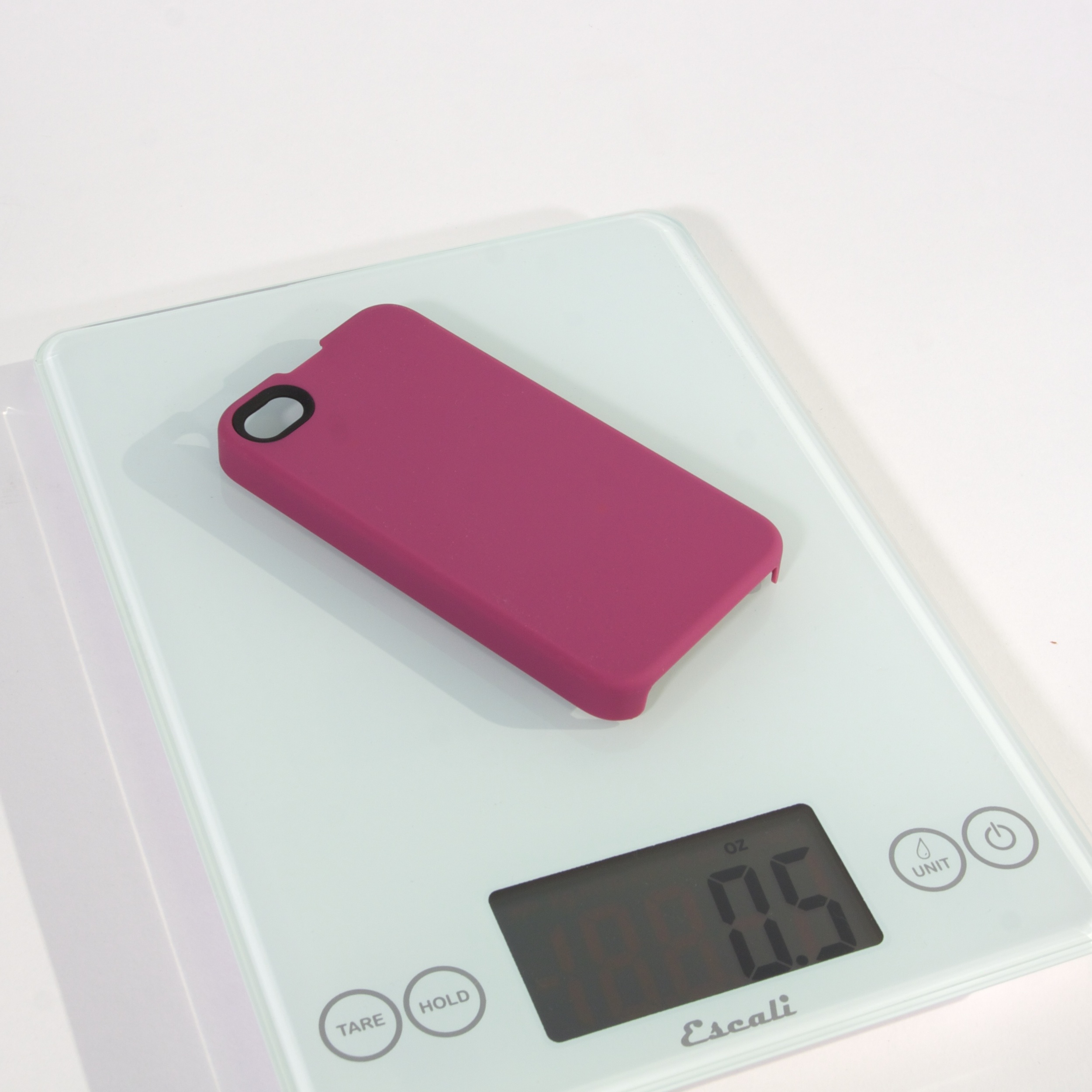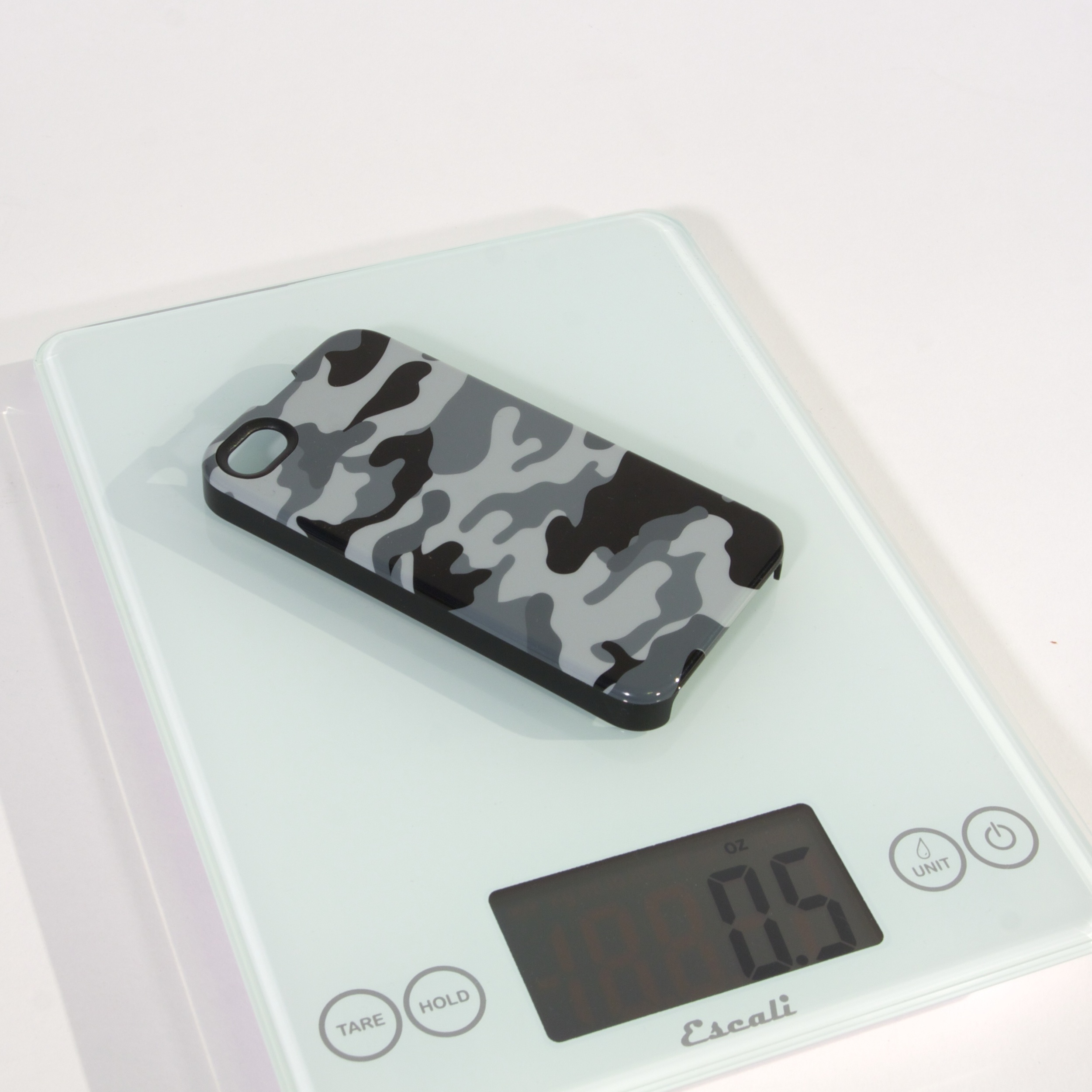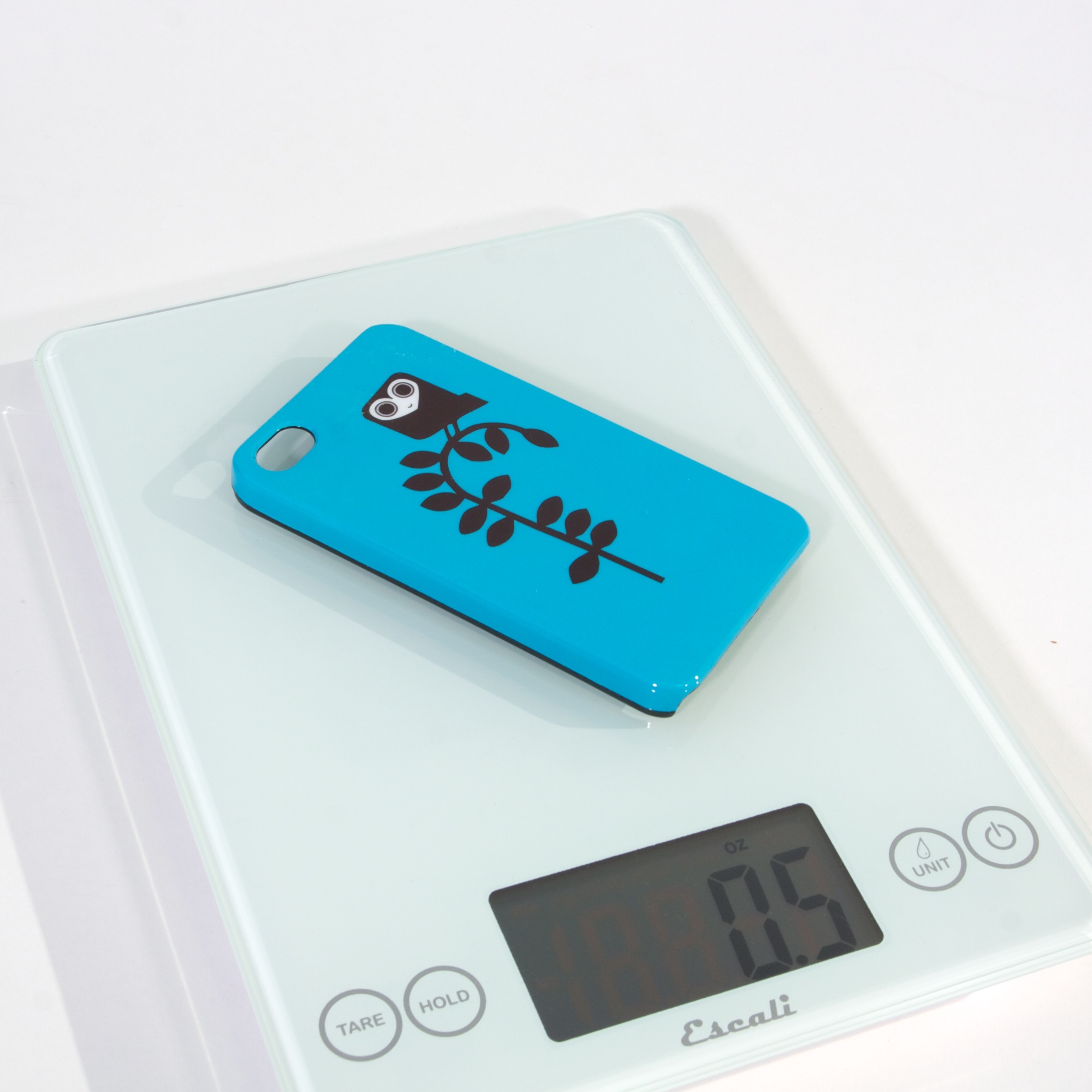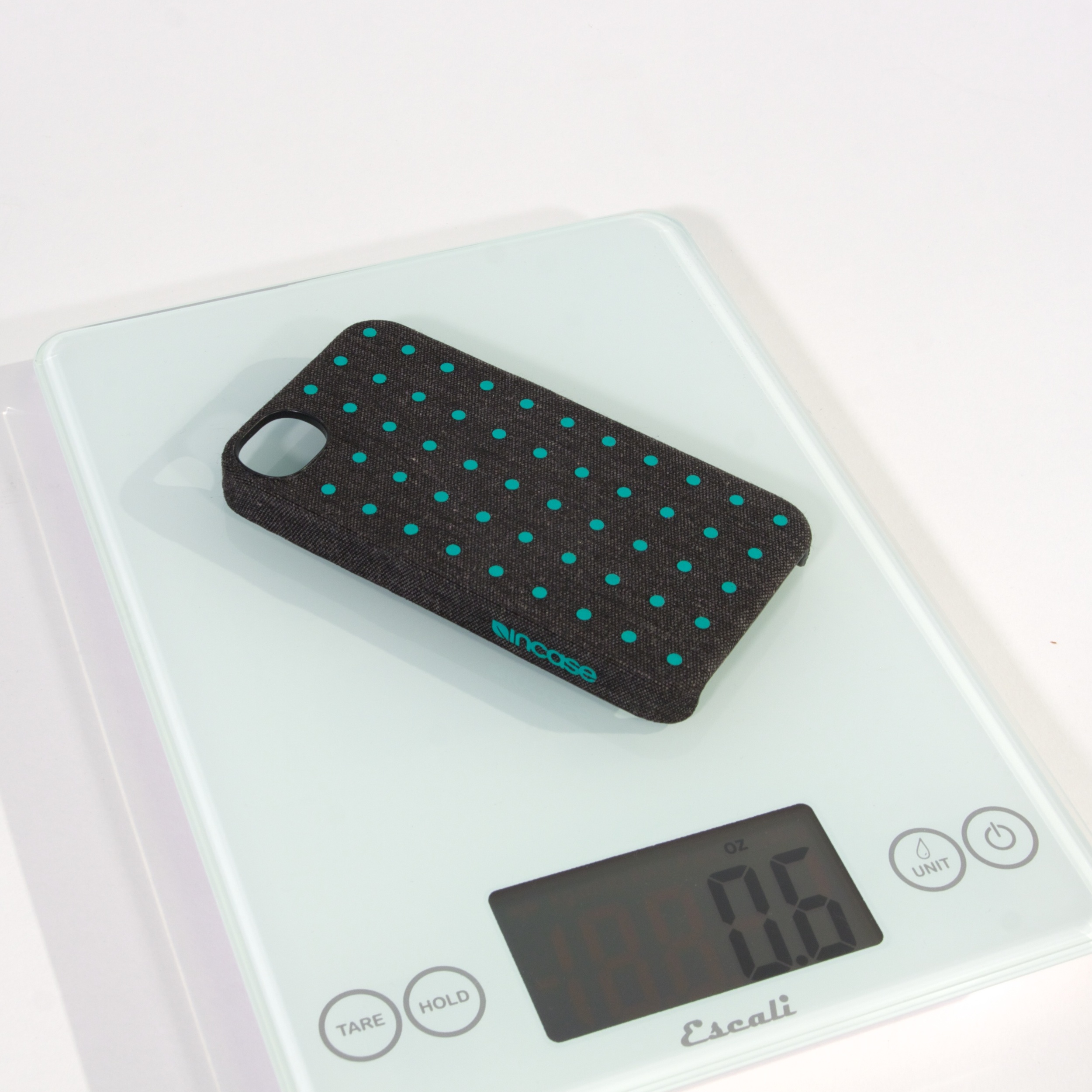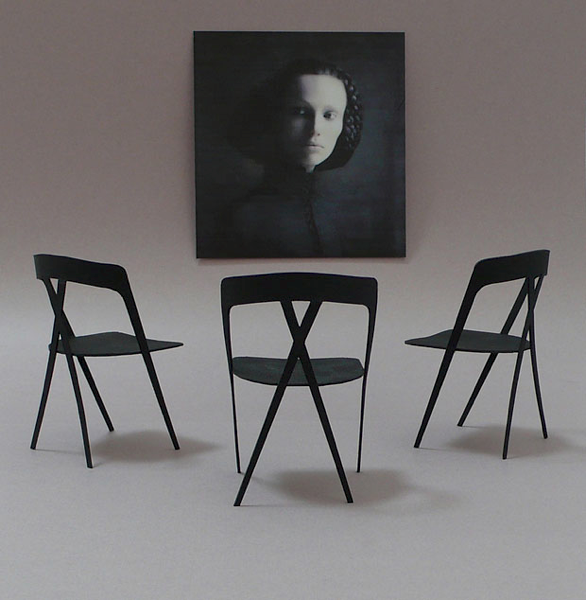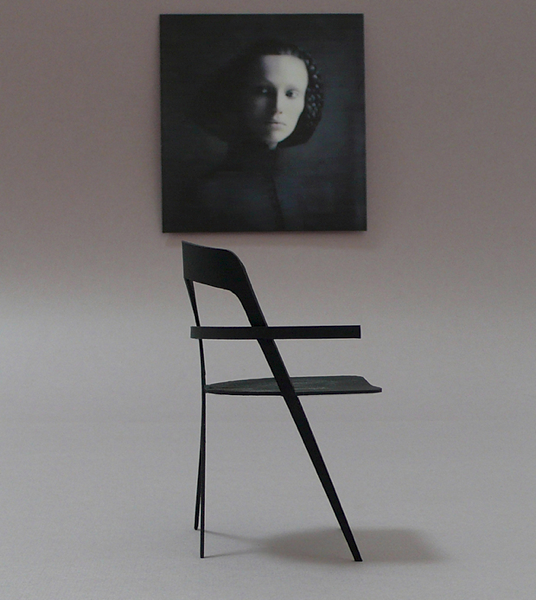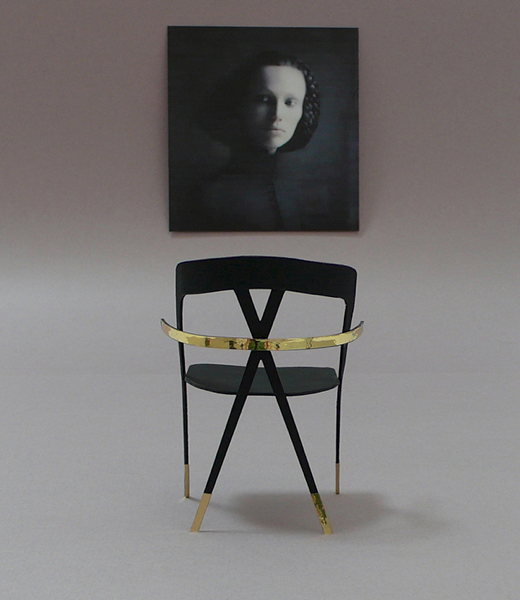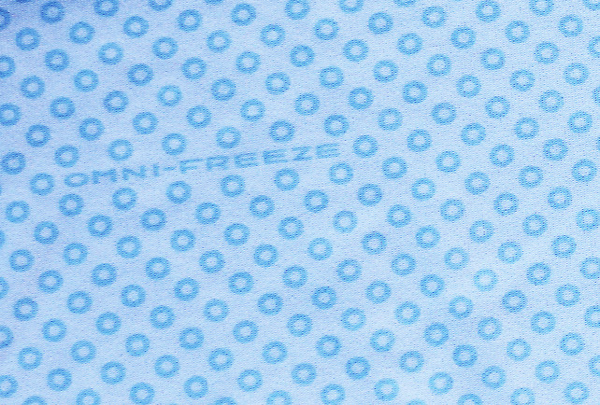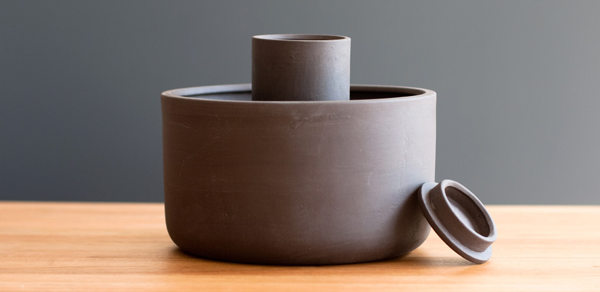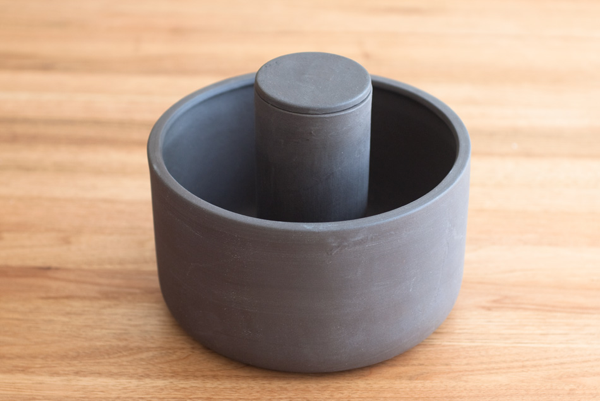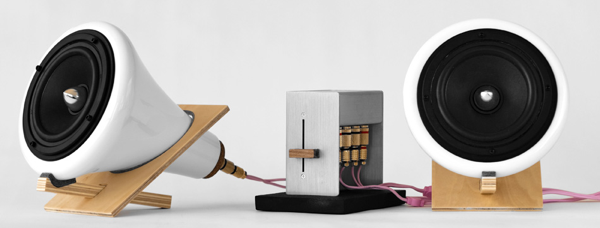The first weekend of June, I had the opportunity to test out my theory to that materials can alter the perception of an object with the help of some dummy iPhones and interchangeable iPhone cases. Please note that I am treating this round as a test run. Subsequent studies will be modified.
In this scenario, three iPhone 4S users participated in the study.
Mary is a recently retired co-president of a company in the mid-west. She first acquired her iPhone during christmas of 2011. Her first iPhone case was made of semi rubber, which she thought would be good for grip and for providing a softer landing should the phone drop on the floor. After five months she decided it got dirty too easily so she changed to a plastic shell by Uncommon. Mary looks for cases that feel high-end and unique, not slippery, perhaps textured, with a ridge/lip around the screen so that it would provide an offset if the phone was placed face-down. She was definitely surprised by how light the wooden one felt and notes a definite disconnect between how the cases look and how they feel.
Here are Mary's Choices, lightest on the left, heaviest on the right:

Materials-wise, smooth plastic is on both ends of the extreme. Rubber cases were ruled out all together. I wonder if color was a factor in the evaluation of weight. In any case, There is no correlation between "Visual Bulkiness by Volume" and "Perceived material weight."
Sarah is in her early 30s and a VP of Marketing at a major bank in the US. She is based in the New York metro area but travels within the US for work. She is fashion conscious though not a fashionista. She cautiously curates her style. She first acquired her iPhone 3GS a couple of years back and protected it with a Speck Hybrid Candyshell case but recently upgraded to an iPhone 4S. She has tried a variety of cases during that time but has settled with the Kate Spade Polka Dots Case for now.
Notes: Sarah looks for cases with good visual aesthetics along with durability when they are placed in different context (pocket or purse) and also the case's durability when and if it should fall. She notes strongly that cheap and flimsy just is not worth the money even the case has a "stand"... i.e. features must also be sturdy. She mentions the Kate Spade case is nice in terms of thinking about how it could protect the phone but it becomes very bulky, which is not good in certain situations. She fears if she takes the phone out in those situations and put them in a slimmer case, she would eventually loosen/break the Kate Spade case. She notes that she likes the snap-on cases in those situations.
The wooden case is cool. It's different, but rather big. The InCase Hybrid Cover is just strange. The change in material makes her think that the two should separate but it doesn't. She would not consider the Perforated case because it would get dirty in her purse (lint etc.). No particular feelings about the metal case, other than to state that they are expensive and hard to get. Often back-ordered.
Sarah has an behavior of note: She puts the phone face up or down depending on whether or not she's expecting messages. In a meeting, the phone faces down or she puts her company-supplied Blackberry on top. This makes her feel the lip/ridge around the screen is very important.
Here are Sarah's Choices, lightest on the left, heaviest on the right:

Again, "Visual Volumous Bulk" vs "perceived material weight" does not indicate any correlation.
Cory, Sarah's husband, is in his late 30s and works for a publishing company based out of Minnesota. He can talk to anyone about anything. He likes to try new things as long as it is economically reasonable. He has tried numerous iPhone covers since his iPhone 3GS. Now with his iPhone 4S he uses a slim snap case similar to the Elago S4.
He agrees with Sarah regarding the context of the phones use is important in determine what case to use. He had a chrome plastic slider case from InCase for his iPhone 3GS because it was cool looking but eventually gave up on it because it was too slippery. He changed over to a Speck fitted case that had soft-touch rim with a fabric back, which he soon gave up on because it was too bulky. He eventually settled on a minimal slim plastic snap-on shell, which is similar to what he has now for his iPhone 4S. When the others asked whether or not he's worried about the screen since the slim shell does not have a lip or ridge around the screen, he responded that he seldom puts the phone face down and even if he did, there's a screen protector.
He notes that he has dropped his iPhone 4S several times and at a variety of heights and on to a variety of surfaces over the time he has had it and luckily nothing catastrophic has happened, which he attributes to how well the phone is built/engineered. This gives him the confidence that his choice in case "protection level" is suitable for his use.
When he picked up the cases that were presented to him, he mentioned that it's really all about how it feels in his hand. He really doesn't like bulk. The wooden case is cool but it is just too big. He had been eyeing the aluminum cases personally but since they are very rare in stores he hadn't touch one till now. He thinks they are cool, especially needing little screws to fasten the case together but didn't like the sharp edges. He mentions aluminum cases from Japan, Deff Cleave but sold under Draco here in the US, had really nice contours which made them very unique looking. He also thought the Luxe Plate metal backing is cool too.
Here are Cory's Choices, lightest on the left, heaviest on the right:

Again, a disconnect between "visual volumous bulk" and "perceived material weight".
Conclusions?
The users felt strongly in mentioning that their current personal iPhone cases are significantly different from the very first iPhone case they acquired. They all stated that when they first received the iPhone, their main concern was dropping the phone and breaking the glass. Their second and subsequent cases were more tuned to their daily habits such as putting the phone in their pocket or purse, how they hold the phone, etc, as well as how the phone looks to them, to other people.
They all agreed that the wooden case is very novel and wonders if it would shatter along the grain and also near the change in species of wood. Rubber cases are not among this groups choices because they thought it was just too flimsy, though they do note the same rubbery feeling achieved by soft-touch on plastic is much better.
The aluminum Element Vapor Pro case did not raise any "special" flags. Since it is anodized black, with the exception of Cory who has researched cases before and knew of its aluminum manufacturing process, it's hard for the others to tell whether or not this case is metal or plastic.
Unfortunately only Sarah and Cory lined up the Luxe Plate with the InCase perforated case. Sarah thought the Luxe Plate was lighter, whereas Cory thought the Perforated case was lighter... so that part of the experiment is not conclusive yet.
